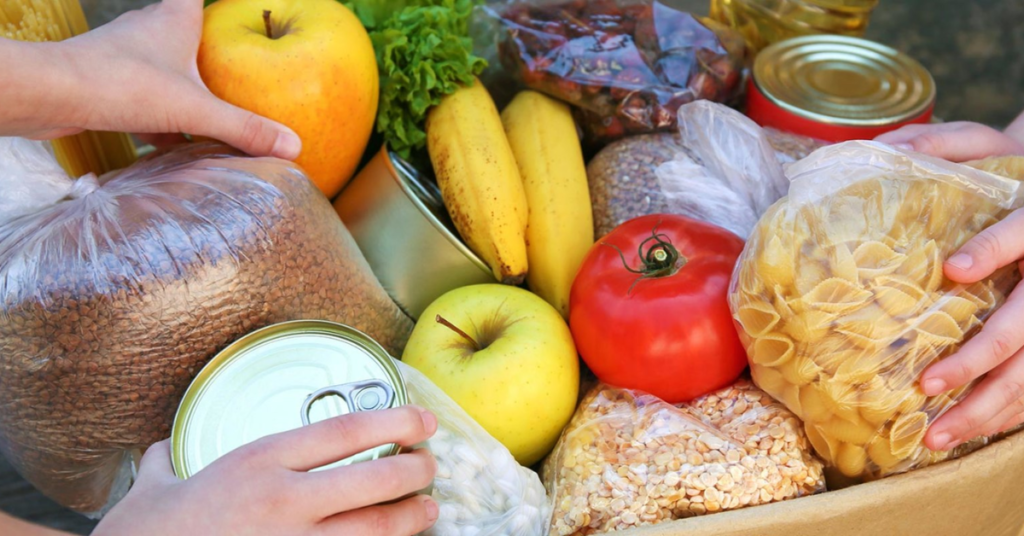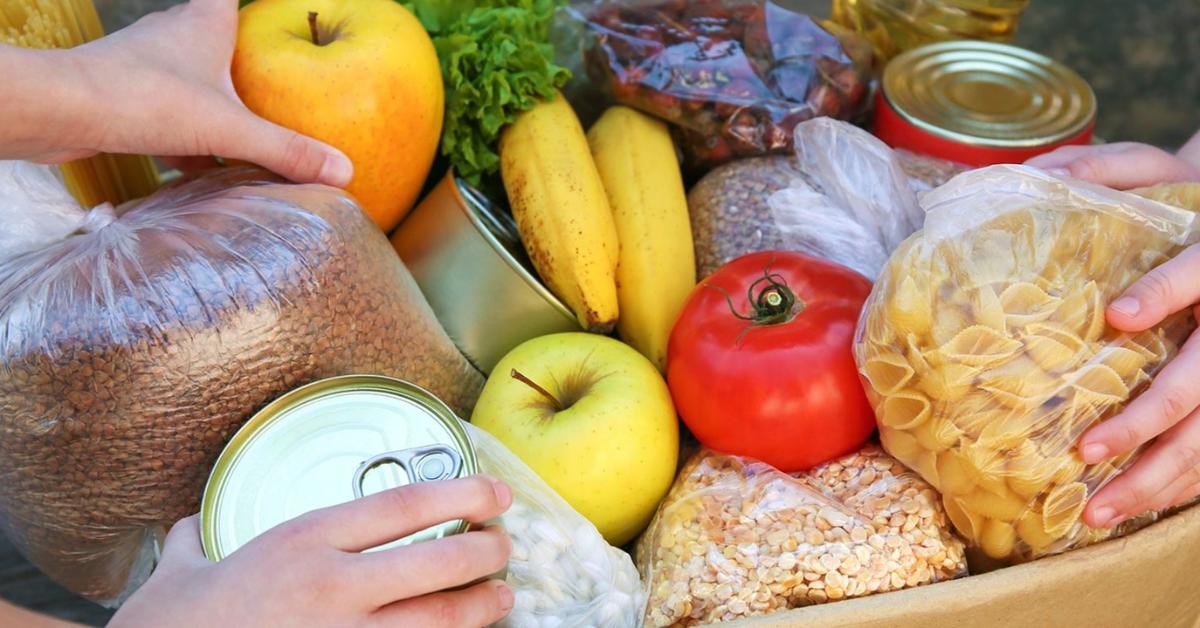In today’s academic landscape, many students are confronted with significant financial challenges. The rising costs of tuition, housing, and essential educational materials often leave them struggling to afford basic necessities, particularly food. In response to this growing concern, numerous universities have established food assistance programs aimed at alleviating food insecurity among their student populations. This article explores the various aspects of university food assistance programs, their importance, and their role in fostering a supportive and inclusive educational environment.

Understanding Food Insecurity in Higher Education
Food insecurity is defined as the lack of consistent access to enough food for an active, healthy lifestyle. A study conducted by the Hope Center for College, Community, and Justice reveals that nearly 40% of college students experience food insecurity at some point during their studies. This alarming statistic underscores the urgent need for higher education institutions to take proactive measures in providing essential support.
Food insecurity can manifest in several ways, such as skipping meals, consuming smaller portions, or relying on inexpensive, low-nutrition food options. The ramifications of food insecurity extend beyond physical health; they can significantly affect students’ mental well-being, academic performance, and overall quality of life. In light of these challenges, universities are developing a variety of food assistance programs tailored to the diverse needs of their student bodies.
Types of Food Assistance Programs
1. Campus Food Pantries
Many universities have established on-campus food pantries that provide free, non-perishable food items to students in need. These pantries often rely on donations from local communities and are staffed by student volunteers. They typically offer a range of food options, including canned goods, pasta, rice, and hygiene products.
Accessibility is a key feature of these pantries, which often operate under a no-questions-asked policy. This approach allows students to maintain their privacy while seeking assistance, thereby reducing the stigma associated with food insecurity and encouraging them to utilize the available resources.
2. Meal Voucher Programs
In addition to food pantries, numerous universities offer meal voucher programs that allow students to access meals at campus dining facilities. These vouchers are typically distributed through health services or financial aid offices, ensuring that struggling students can obtain nutritious meals.
Meal voucher programs are particularly beneficial for students living in residence halls without access to cooking facilities. By providing these vouchers, universities help alleviate food insecurity while promoting healthier eating habits among their students.
3. Emergency Food Assistance
Recognizing the need for immediate support, many institutions have implemented emergency food assistance programs. These initiatives often include one-time food deliveries or short-term access to food resources for students facing unexpected financial hardships.
Emergency food assistance is critical during times of crisis, such as sudden job loss or unforeseen medical expenses. By offering timely support, universities can help students regain stability and focus on their academic responsibilities.
4. Nutrition Education and Cooking Workshops
Beyond simply providing food, some universities emphasize nutrition education and practical cooking skills. Cooking workshops and nutrition seminars empower students to make healthier food choices, understand meal planning, and effectively utilize available food resources.
These educational programs can have a lasting impact, equipping students with the knowledge and skills necessary to maintain a balanced diet on a budget. By fostering self-sufficiency, universities can help students develop resilience in the face of food insecurity.
Collaboration with Local Communities
Universities are increasingly partnering with local food banks and community organizations to enhance their food assistance programs. These collaborations can result in more comprehensive support systems, including increased food supplies, resources for nutrition education, and expanded outreach efforts.
For instance, partnerships with local farms can provide fresh produce for campus food pantries, while collaboration with food banks may facilitate mobile food distribution events. By leveraging community resources, universities can create a robust support network that effectively addresses food insecurity.
Addressing the Stigma
One of the significant barriers to accessing food assistance programs is the stigma surrounding food insecurity. Many students may feel embarrassed or ashamed to seek help, fearing judgment from their peers. To combat this stigma, universities must foster an inclusive environment that promotes understanding and empathy.
Awareness campaigns, peer-led initiatives, and testimonials from students who have successfully utilized food assistance programs can help normalize discussions around food insecurity. By emphasizing that seeking help is a sign of strength, universities can encourage students to utilize the resources available to them.
The Role of Technology
In our increasingly digital world, technology plays a crucial role in connecting students with food assistance resources. Many universities have developed mobile applications or online platforms that allow students to access information about available food programs, locate nearby food pantries, or even schedule appointments for assistance.
These technological solutions not only streamline the process of accessing food resources but also provide greater anonymity and privacy. By minimizing barriers to entry, universities can help more students benefit from food assistance programs.
Measuring Impact and Success
Evaluating the effectiveness of food assistance programs is essential for ensuring their ongoing success. Universities should regularly assess their initiatives through student surveys, participation rates, and feedback to identify areas for improvement.
By tracking outcomes such as improved academic performance, increased food security, and higher levels of student satisfaction, universities can refine their approaches and allocate resources more effectively. Continuous improvement is vital to ensuring that food assistance programs meet the evolving needs of students.
Conclusion
University food assistance programs play a crucial role in addressing the pressing issue of food insecurity among college students. By providing accessible resources such as food pantries, meal vouchers, and emergency assistance, universities significantly contribute to their students’ well-being. Initiatives focused on nutrition education and community collaboration further enhance these efforts, promoting a holistic approach to student support.
